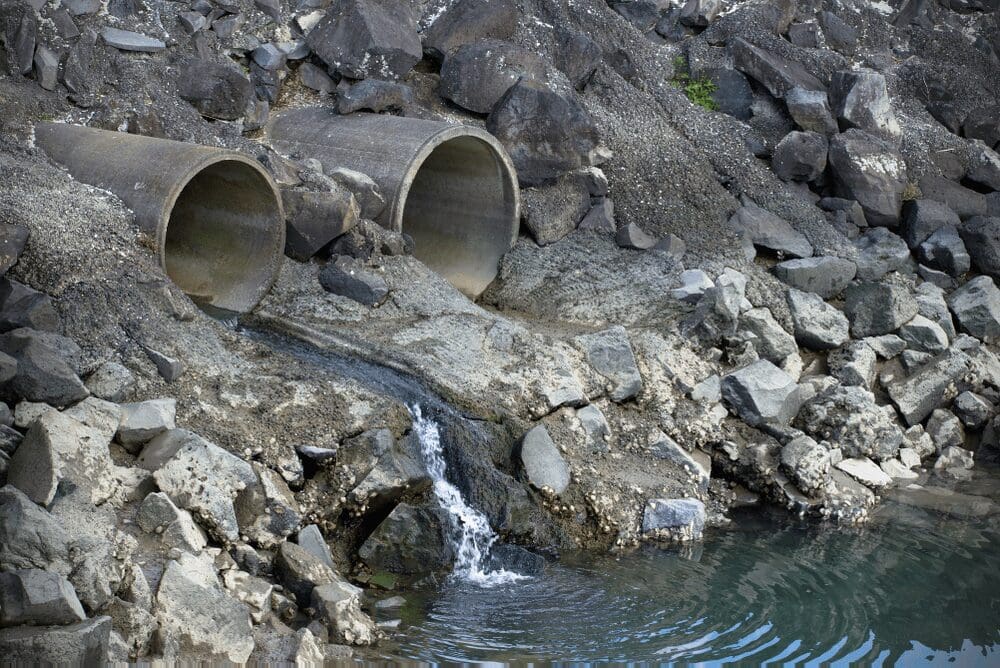Every developer knows that a new project has a lot of moving parts, but there is one thing you don’t want to let fall through the cracks: your stormwater pollution prevention plan, or SWPPP. Beyond just the importance of regulatory compliance, SWPPPs are also essential for protecting the integrity of environmental surroundings. Your SWPPP should not be an afterthought, it should be something you are focused on from the beginning of any development project. Here’s why.
Fines for Noncompliance
Your SWPPP is a written document specifically created for each development project that identifies:
- Potential stormwater pollution that may exist at the construction site
- Steps you will take to mitigate the damage from these pollutants
- Procedures you put in place to monitor the effectiveness of your mitigation efforts
- Any other necessary information to ensure compliance with EPA and local requirements
If you don’t have all these elements in a written plan, you could be looking at significant fines from the Environmental Protection Agency (EPA), your state environmental protection agency, or more likely both. It should be a “living document”, meaning something you regularly review and update as site conditions or other circumstances change. Just because you created it once doesn’t mean you are forever exempt from fines if stormwater pollution is coming from your site in the future.
Costly Mitigation or Repairs
If you fail to properly prepare for and prevent stormwater pollution, the cost to clean up any resulting pollution will be your responsibility. That is in addition to the costs you will incur to bring your site conditions up to specifications to comply with your SWPPP.
Environmental Protection
Perhaps the most important reason to have an accurate and up-to-date SWPPP in place is to protect the environment from damage. As water flows through developments and construction sites it often picks up harmful pollutants, such as trash, debris, oil and grease, toxins, and pesticides that end up in the water. Unfinished construction sites can contribute more sediment to local waterways in just a few short weeks or months than would normally be deposited over several decades. Even finished sites with impervious surfaces (roads, parking lots, and homes) dramatically alter the natural landscape by increasing the amount and velocity of water runoff that ends up in streams, rivers, lakes, and coastal waters. That means more erosion that happens faster, increased risk of flooding, and damage to wildlife habitats in the water.
Don’t make the mistake of skipping the steps to create an SWPPP. It will save you money and help improve the local environment. If you’re not sure where to start, contact Erosion Control Services today for help creating an essential SWPPP for your next development or construction site.



